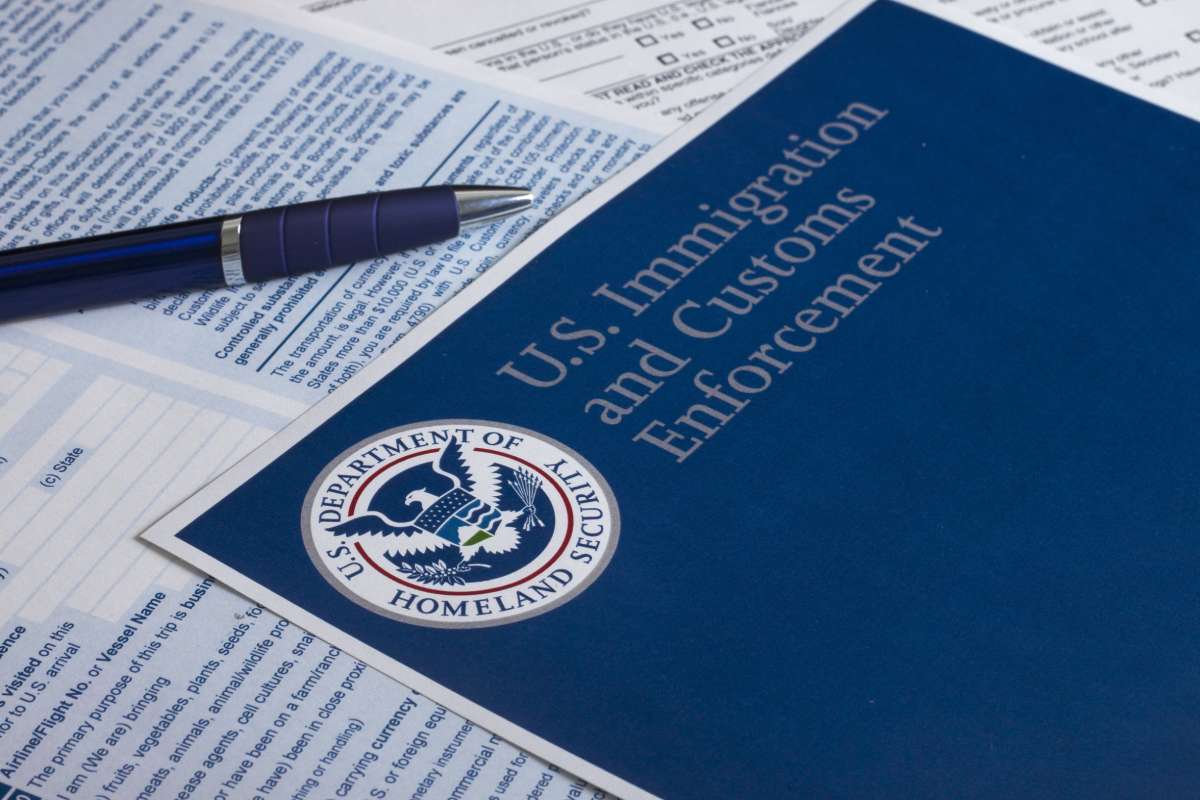
Immigration is a topic that gets a lot of attention. Still, there’s something important that many people don’t know about immigration bonds. In this guide, we’ll take a closer look at what these immigration bail bonds are, their significance, and how they work.
What is an Immigration Bond?
An immigration bond is like a security deposit that makes sure immigrants show up for their immigration hearings. It guarantees that if the Department of Homeland Security or Immigration and Customs Enforcement (ICE) detains someone, they won’t disappear and skip their proceedings. They lose their bond money if they skip their court dates.
Why are Immigration Bonds Necessary?
The purpose of immigration bonds is to tackle a key problem in the immigration process. Bonds for immigration allow individuals in removal proceedings can participate in the process without lengthy detention.
Detaining every person involved in the immigration process would increase government expenses. Issues in detention facilities like overcrowding also influence the need for an immigration bond process.
ICE detention can sometimes harm and violate the rights of detainees. That’s why immigration bonds come in handy as a compromise. They ensure that immigrants show up for their proceedings without having to spend unnecessary time behind bars.
Types of Immigration Bonds
There are primarily two types of immigration bonds:
- Delivery bonds: This is the most common type of immigration bail bond. It ensures detained immigrants attend all immigration hearings and adhere to a judge’s decision on their immigration status. Once someone posts bond, authorities will release the from custody. Immigrants can then spend time with their families and consult an immigration attorney in a more conducive environment.
- Voluntary Departure Bond: In certain situations, a judge may offer immigrants the opportunity to voluntarily leave the country. Immigrants must leave within a specific timeframe at their own expense. This immigration bail bond is refundable, unless the immigrant fails to depart as agreed upon. Once you provide evidence of your departure from the United States.
How is the Immigration Bond Amount Determined?
ICE or an immigration judge sets the bond amount. Several factors influence this decision:
- Flight Risk: If there’s concern that an individual may not show up for their scheduled hearings, a judge may set a higher bond amount. This helps ensure their presence and cooperation throughout the legal process.
- Criminal Record: Immigrants with criminal histories pose higher risks, which can result in higher immigration bail bond amounts.
- Family Ties in the U.S.: If someone has family in the United States, it could make them less likely to disappear. This could mean getting a lower bond amount.
- Employment Status and Duration: A steady job shows connection to the community, which could lead to a lower immigration bond amount.
If ICE or an immigration judge determines a bond is necessary, start considering your options. We understand that this can be a challenging situation, but we’re here to support you and help you navigate through it.
What Are the Chances of Getting an Immigration Bond?

The chances of getting an immigration bail bond depend on several factors. This includes your background, the nature of your case, flight risks, and your employment status. It’s important to consider that some immigrants, depending on their circumstances, may not be eligible for bond. Even with this in mind, you should still review your options to see if you are eligible.
How to Pay an Immigration Bond
Once the bond amount has been determined, it can be paid by individuals who have legal status in the United States. This includes both U. S. citizens and green card holders. The payment is usually made directly to ICE, and there are two main methods for making the payment for immigration bonds: surety and cash:
- Cash Bond: When it comes to paying the immigration bond amount, you have a few options available. You can choose to pay in full through a money order, cashier’s check, or U. S. bonds or notes. You can also pay an immigration bond online. After immigration proceedings end with all bond requirements met, officials refund the money to the person who posted it.
- Immigration Surety Bond: Those who can’t afford the full immigration bail bond amount can work with an immigration bond agent. This helpful agent will assist in posting the bond on behalf of the immigrant, typically for a percentage of the total bond amount. It’s important to note that the immigration surety bond fee is non-refundable, unlike the cash bond.
How Long Do You Have to Pay an Immigration Bond?
There is no strict deadline for paying an immigration bond when ICE or an immigration judge. The main reason you should pay the bond quickly is to get a quick release from detention. Dealing with immigration bond payments and the whole release process can be quite time-consuming. That’s why it’s helpful to make the payment as soon as possible. It helps avoid any unnecessary bureaucratic delays that might occur.
Potential Risks and Challenges
If an immigrant doesn’t meet bond conditions, like missing a court hearing, they lose immigration bail bond money. To avoid this risk, you should work with immigration bond agents that are reputable and experienced. Some states have regulations to protect immigrants.
In California, immigration consultants who provide legal document assistance must carry a California immigration consultant surety bond. This bond is required by law to protect clients from fraud, negligence, or dishonest practices by consultants. It serves several important purposes. Surety bonds for immigration consultants in California compensates clients if a consultant causes financial harm through misconduct, like giving unauthorized legal advice or mishandling documents.
Non-legal services in the state require a California non-legal immigration services surety bond to protect clients from malpractice. It holds immigration consultants accountable to comply with state regulations and ethical standards.
Work with Liberty Immigration
Immigration bonds serve as a safety net to ensure everything stays fair and above board during the immigration process. It’s like a way to keep things in check and make sure everyone follows the rules.
Need an immigration bond? Get help within minutes.